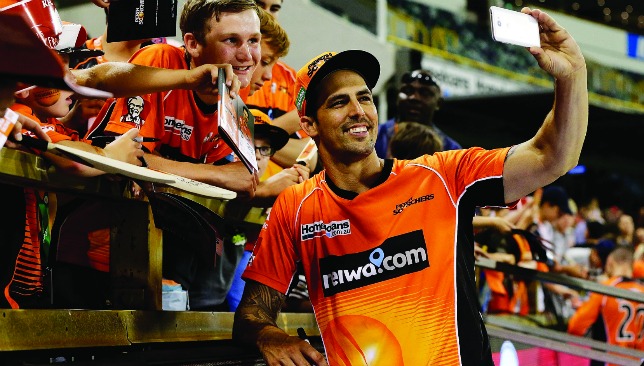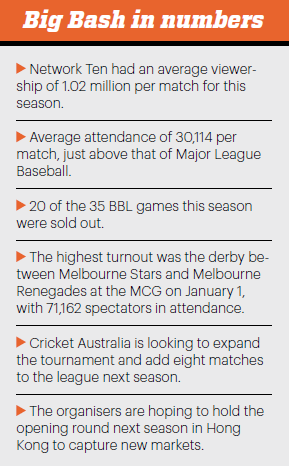
Twenty20 cricket was created in England. After the enormous success of the inaugural World T20 in South Africa in 2007, India embraced the format and made it its own with the launch of the Indian Premier League.
All of a sudden, cricket was all about big sixes, huge crowds, massive player salaries and non-stop action. Millions of dollars poured into cricket following the $1 billion IPL TV rights deal and the franchise-based model of the tournament. Players were bought and traded and it pushed the game into a whole new world of super-charged and high stakes T20 cricket.
The IPL was responsible for bringing megabucks to cricket and it also provided an incredible opportunity for cricketers all over the world to make serious money without affecting the international calendar too adversely (though it did have some impact). Also, other cricket boards made a sizeable amount of money by simply giving a clearance to its cricketers for playing in the Indian league.
While the IPL system has been incredibly successful, it has been powered mainly by the billion-dollar TV rights deal that has allowed the rest to follow. And fans all over the world watched the spectacle in awe.
The IPL maximised the revenue potential of the T20 league but it is not a system that can be replicated in other countries. The pockets of Indian companies are very deep and they are ready to pay huge amounts to be associated with a brand like the IPL. However, cricket has to compete with other established sports in the rest of the world and thus can’t be expected to generate the same amount of figures.
In fact, it is the Big Bash League that has cracked the code when it comes to creating a viable model for T20 tournaments.
The Australians have taken a different route in their T20 journey. For starters, they don’t have a separate window for the Big Bash. It runs alongside their international calendar at home. This time, the BBL started on December 20 and finished this Saturday. It ran right alongside Pakistan’s tour of Australia which included three Tests and five ODIs.
So straightaway, the domestic T20 tournament had to compete with international fixtures, which in itself attracted record crowds; Australia’s recent home season of six Tests against South Africa and Pakistan saw a total attendance of more than 520,000 which was a record for a summer that did not involve India or England.
What Cricket Australia has done is market the T20 league as a fun day out for the family. That is the central theme of the tournament and is evident in its numbers – around 40 per cent of the spectators are women and an astonishing 65 per cent families (according to ESPNcricinfo).

The tournament itself does not attract the top international stars as they are busy during the December-January window. So what the Big Bash does is spice things up with ploys like live commentary with players on the field.
It did create a peculiar situation this season when Adelaide Strikers captain Brad Hodge received some tactical information while he was wired up during the match against Sydney Thunder.
Hodge was told his bowler Ben Laughlin had a good record against Thunder captain Shane Watson and the skipper immediately brought the bowler on. Cricket Australia took notice of the incident but from a spectator’s point of view, it was pure fun.
No wonder the tournament had an average TV audience of over a million with some games getting more viewership than the Australian Open.
Michael Klinger celebrates with his biggest fans 👌 #BBLFinal pic.twitter.com/g0EZK6yxz4
— KFC Big Bash League (@BBL) January 28, 2017
However, the system is not perfect. Already, the Big Bash has taken up a valuable place in the Australian domestic calendar at the expense of first-class cricket and is now posing a serious threat to the international fixtures as well. With the tournament looking to expand next year, there are concerns it might grow too big too fast for its own good.
Also, once the league grows further, players will demand suitable rewards. There are already some concerns over CA’s move to limit the share of the set-percentage model to centrally contracted players and not all state players.
Even so, it can’t be denied that Cricket Australia have created a template for countries across the globe to follow; if you want to host a successful T20 league put the fans first, have games scheduled in such a way that maximum number of people attend, ensure families and women are given extra attention and make it a fun day out for friends and family.
Once that is taken care of, attendance and TV viewership will grow and the tournament won’t depend on a few big T20 stars to generate interest. People will want to be a part of it irrespective of which team is playing.
Maybe the IPL should take some notes.